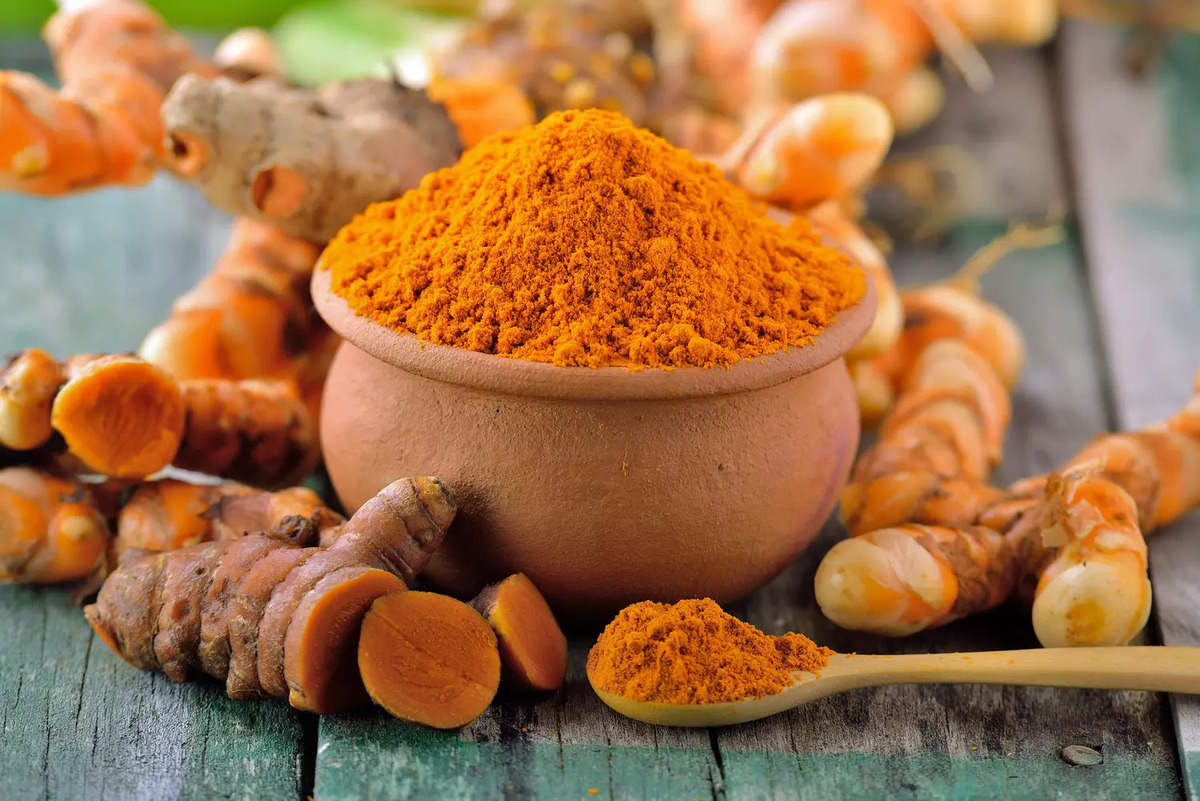Managing blood pressure through diet is a crucial aspect of maintaining overall health. By focusing on the right foods and avoiding those that contribute to hypertension, you can take significant steps towards better cardiovascular health. Here’s a guide on what to eat and what to avoid to help lower blood pressure.
Foods to Eat for Lower Blood Pressure
- Leafy Greens
Leafy greens like spinach, kale, and Swiss chard are rich in potassium, which helps your body balance sodium levels and reduce blood pressure. Incorporating these vegetables into your meals can help lower your blood pressure over time. - Berries
Blueberries, strawberries, and raspberries contain antioxidants known as flavonoids. These compounds have been shown to help reduce blood pressure by improving endothelial function and reducing inflammation. Enjoy them fresh or in smoothies for a tasty, heart-healthy treat. - Beets
Beets are high in nitrates, which can help relax blood vessels and improve blood flow. Drinking beet juice or adding beets to your diet can provide a natural way to help lower your blood pressure. - Oats
Oats contain beta-glucans, a type of soluble fiber that can help lower cholesterol and improve heart health. Starting your day with a bowl of oatmeal or adding oats to your baking can support better blood pressure management. - Bananas
Rich in potassium, bananas help regulate fluid balance and reduce the impact of sodium on blood pressure. Eating a banana as a snack or adding it to your breakfast can be a simple way to support your blood pressure goals. - Fatty Fish
Salmon, mackerel, and sardines are excellent sources of omega-3 fatty acids, which have been shown to reduce inflammation and lower blood pressure. Aim to include fatty fish in your diet a couple of times a week.
Foods to Avoid for Better Blood Pressure
- Salty Foods
Sodium is a key contributor to high blood pressure. Processed foods, canned soups, and salty snacks can be high in sodium. Opt for low-sodium versions or use herbs and spices to add flavor without excess salt. - Red and Processed Meats
Red meats and processed meats like bacon and sausages can be high in sodium and unhealthy fats. Reducing your intake of these meats can help lower your blood pressure and improve overall heart health. - Sugary Beverages
Drinks high in added sugars, such as soda and sugary juices, can contribute to weight gain and increase blood pressure. Choose water, herbal teas, or unsweetened beverages instead. - Refined Carbohydrates
Foods like white bread, pastries, and other refined carbs can lead to weight gain and contribute to high blood pressure. Opt for whole grains like brown rice, quinoa, and whole wheat bread for better health. - Alcohol
Excessive alcohol consumption can raise blood pressure and contribute to heart disease. If you drink, do so in moderation—up to one drink per day for women and two for men.
Conclusion
Making informed dietary choices is a powerful way to manage and lower blood pressure. By incorporating potassium-rich foods, reducing sodium intake, and avoiding processed and sugary items, you can support your heart health and maintain a balanced blood pressure. Remember, a heart-healthy diet is part of a comprehensive approach to wellness, which includes regular physical activity and maintaining a healthy weight.

